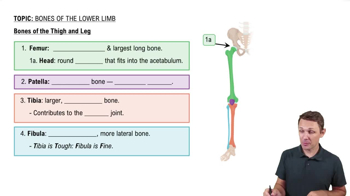Several muscles act to move and/or stabilize the scapula. Which of the following are small rectangular muscles that square the shoulders as they act together to retract the scapula?
a. Levator scapulae
b. Rhomboids
c. Serratus anterior
d. Trapezius
 Verified step by step guidance
Verified step by step guidance Verified video answer for a similar problem:
Verified video answer for a similar problem:

